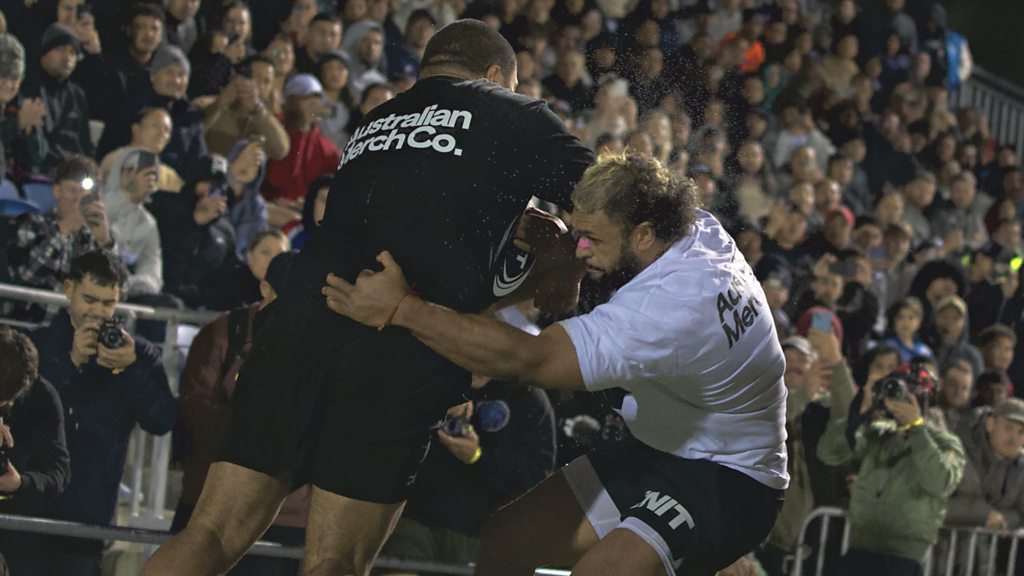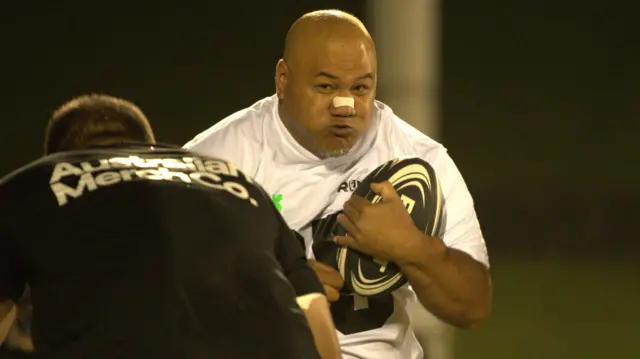From Backyards to Global Arenas
What started as a viral backyard tackling game among Pacific Islander youth in Australia and New Zealand has exploded into a full-fledged competition with international ambitions. But as the Run It collision sport Championship League prepares for its biggest event yet in Dubai, concerns are mounting over the safety, ethics, and social consequences of what some call “the world’s fiercest new collision sport.”
What Is ‘Run It’?

The rules are blunt: one man runs full-speed at another, and they collide—no ducking, dodging, or sidestepping allowed. The goal? To physically dominate the opponent. Originating in schoolyards, the game has gained millions of social media views and high-profile endorsements, and now offers prize money up to A$200,000.
Viral Growth and Corporate Interest
Founded by seven friends from Melbourne, including Brandon Taua’a and Stephen Hancock, Run It has staged events in Auckland and Melbourne, with Dubai hosting Saturday’s final. The league now boasts sponsorship from Stake.com, a controversial online gambling platform banned in Australia and the UK, and claims it is in talks with US investors tied to figures like Joe Rogan Run It collision sport.
Tragedy Strikes: The Death of Ryan Satterthwaite

Not everyone is cheering. The family of Ryan Satterthwaite, a 19-year-old from New Zealand who died after casually playing the game at a party, is speaking out. “It was just an innocuous clash,” his uncle Peter told the BBC, “but it shows you how fragile your brain is.”
Doctors had to remove part of Ryan’s skull to relieve pressure from brain swelling, but he never recovered. His case has become a rallying cry for critics who say the sport glorifies brain trauma Run It collision sport.
Experts Sound the Alarm
Leading concussion researchers and medical professionals have condemned the sport. Dr. Alan Pearce, a neuroscientist, told the BBC: “They’re basically using the collision as the entertainment value, which is, in effect, commercialising concussion.”
He warned of risks beyond concussions—like Chronic Traumatic Encephalopathy (CTE), a degenerative brain disease linked to repeated head trauma, which has afflicted athletes in rugby, American football, and boxing.
Not Just Physical: Masculinity and Mental Health Concerns
Shenei Panaia, a mental health worker of Samoan heritage, says the game reinforces toxic masculinity: “It sends a dangerous message that your worth is based on how much pain you can take.”
She also fears the league’s success betrays the values of Pacific Islander culture: “We are taught to look out for one another, not hurt each other for profit.”

League’s Defense: ‘We Take Safety Seriously’
Run It insists it isn’t reckless. Organisers say all participants undergo medical checks and must show videos proving recent tackling experience. Medical staff are stationed at events. Taua’a compares the risks to boxing or surfing: “There’s danger in every sport.”
They also posted a safety warning video after Ryan’s death: “This is not for the backyard, not for the street… do not try this at home.”
What’s Next for Run It?
Despite condemnation from New Zealand’s Prime Minister, Rugby Australia, and others, the league is not slowing down. With big sponsorships, growing online traction, and increasing payouts, the founders believe Run It could sit alongside MMA and boxing in global sports rankings.

Still, as the sport expands, so too does the backlash. Whether Run It becomes a lasting phenomenon or collapses under mounting ethical and medical scrutiny remains to be seen.
Conclusion
The Run It phenomenon straddles a fine line between cultural celebration, athletic innovation, and dangerous spectacle. As the Dubai final kicks off, the world watches—some in awe, others in deep concern—about what we are truly glorifying in the name of sport.









